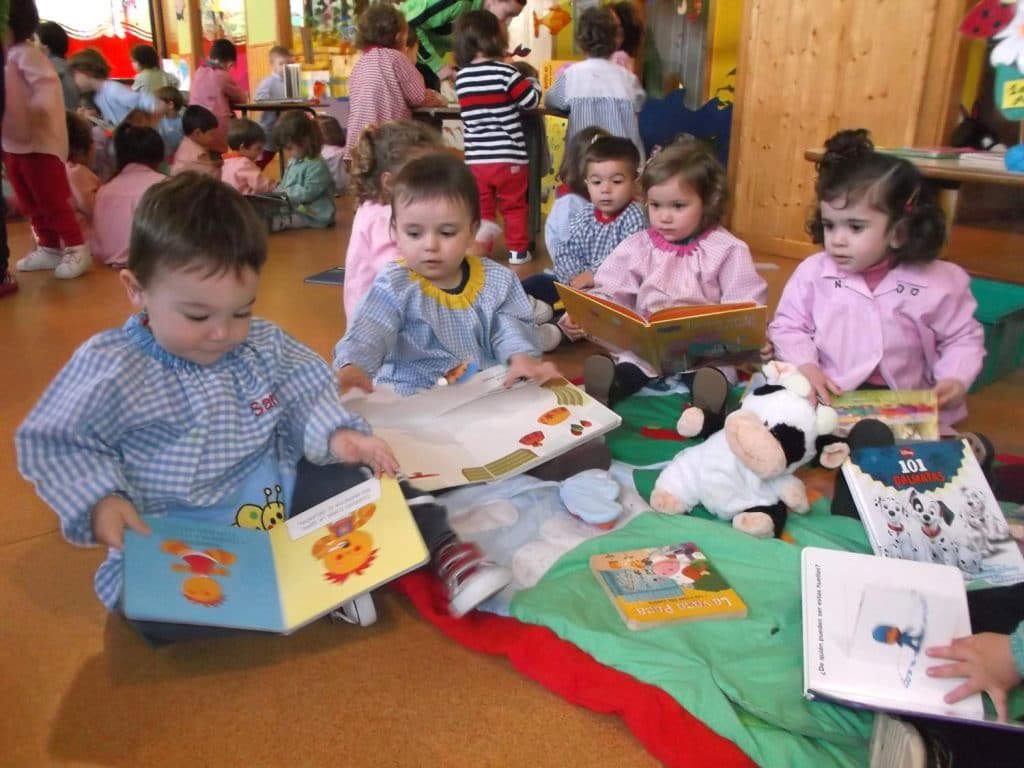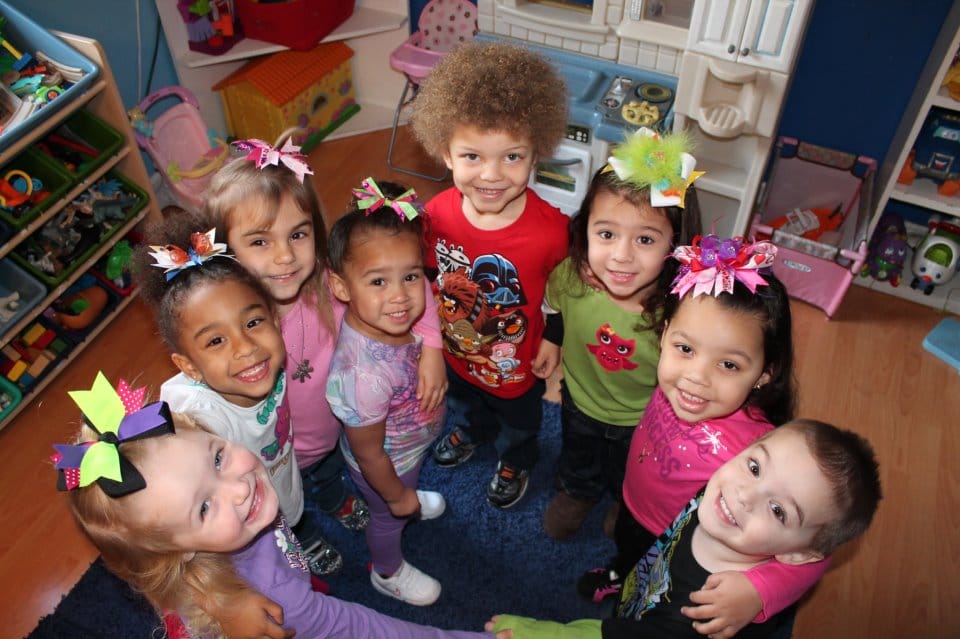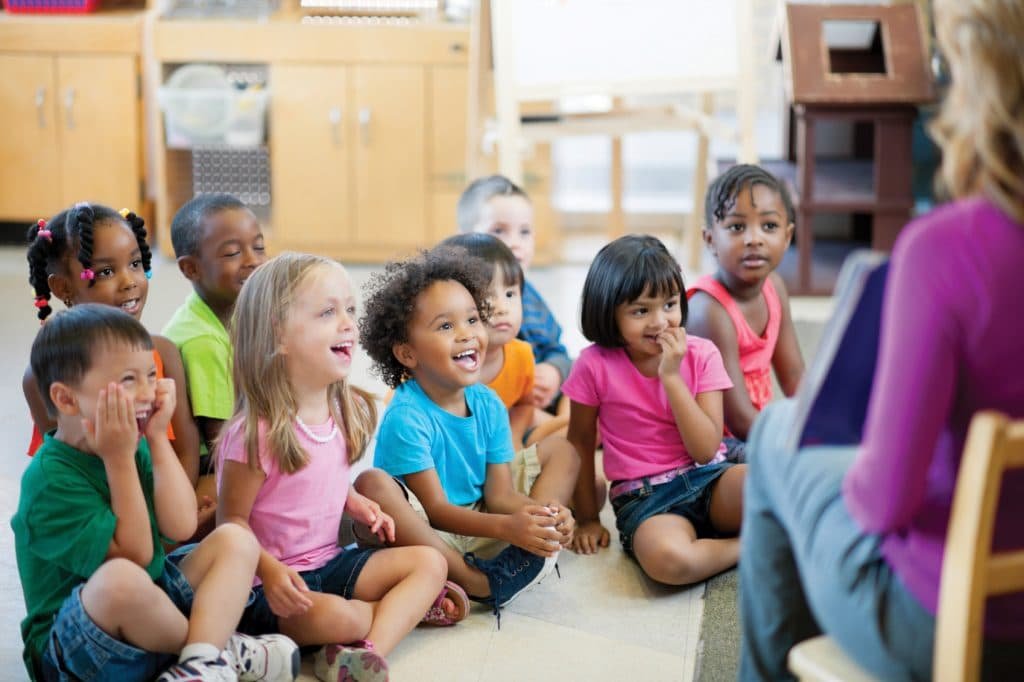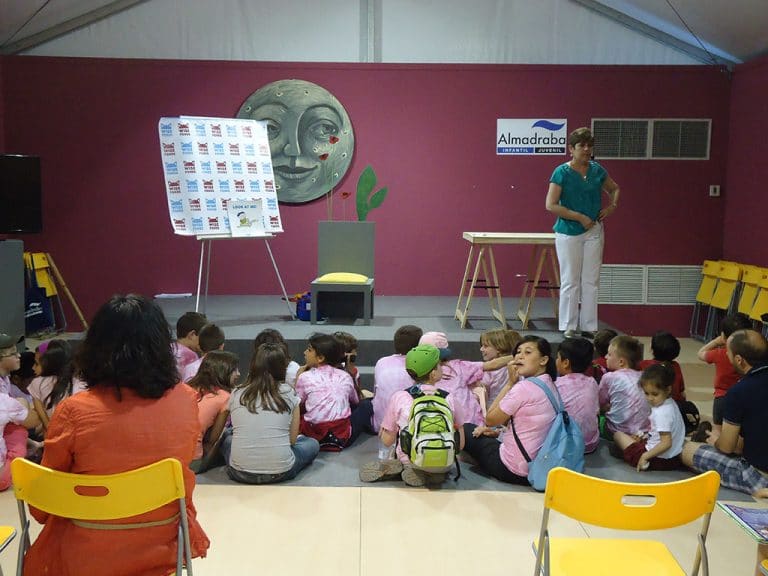Global trends in foreign language around the world

Global trends in foreign language around the world. In the last decade there has been an enormous increase and discussion around the new findings that give a lot of information about the importance of starting early when it comes to helping children acquire a foreign language. The benefits of a bilingual or multilingual education are […]
Open-mindedness and respect towards others is what we want young children to learn besides a new language

When teaching a foreign language it is extremely important to begin with children in their early years, when their minds are still open to “catching” differences and fitting them inside their “thinking system”. So, what is learned is not only the new language, but an open mindedness and respect towards the differences between them and […]
Is earlier really better?

Recent studies indicate that the best time for children to learn a foreign language is during their first three to four years of life. It is during this period that children develop a natural ability to learn. Scientists suggest that when it comes to ease of learning and proficiency in a foreign language, earlier is […]
10 tips to use when reading to very young kids

Reading to very young kids – tips for parents and teachers. This is the title of our latest video. When teaching young kids a new language take some time to emphasize to parents each week the importance of reading to their children at home, not only in their native language but the target language, as […]
The importance of teaching a second language to little ones

Teaching a second or a third language to children during their first years of life has become a trend. Today, all the research conducted regarding foreign language learning makes emphasis on all the benefits it brings to children and their future in a globalized world. We have come to realize how young babies can discriminate […]
Why is having fun so important when learning a new language?

Learning is easier if it is fun and to make it fun we need to provide children with a playful environment. The more fun the environment, the more a child will want to stay with it. We know children learn in a variety of ways but we all recognize that play is an important vehicle […]
At he Book Fair!

This has been a wonderful week! I signed my books and carried out an activity for children at the Pabellon Infantil. Thanks to everyone for attending. You can find the Wise Foxes Collection at the Book Fair
